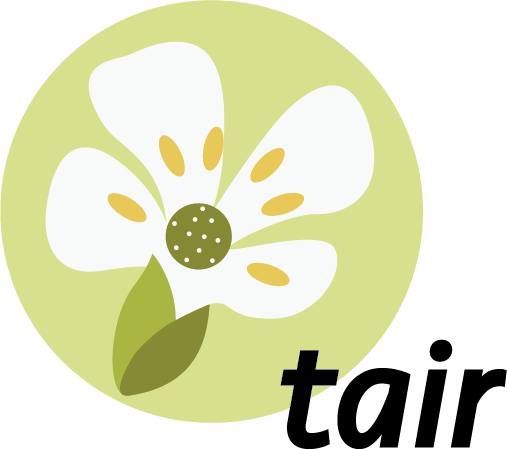
Expression profile (meta library)
result(s) found in BnIR.
Summary information of genes expression
| ZS11 Gene ID | Number of libraries expressed(TPM ≥ 1) | Mean | Min | Max | Median | Standard deviation(SD) | Coefficient of variation(CV) |
|---|
Tissue-gene heatmap
Basic information of gene(s)
| Selector | ZS11 Gene ID | Darmor Gene ID | AtGI | At name | Genomic position | Function | Description |
|---|
Gene expression level of the libraries
PCC heatmap of the libraries
Basic information of the libraries
| SRR | Sample name | TPM | Cultivar | Organ | Tissue | Stage | Treatment type | Treatment group | Treatment reagent | Treatment time |
|---|
Double-high (high erucic acid and glucosinolate) accessions versus double-low (low erucic acid and glucosinolate) accessions
ZS11: Double-low (low erucic acid and glucosinolate); ZY821: Double-high (high erucic acid and glucosinolate)
7d: 7d after flowering; 10d: 10d after flowering; 14d: 14d after flowering; 45d: 45d after flowering
Leaves from Brassica napus lines of three ecotypes over vernalization
T0: 24 days GET sowing; T1: 54 days GET sowing; T2: 82 days GET sowing; T3: 115 days GET sowing; T4: 147 days GET sowing
Winter ecotype: Tapidor,Quinta; Spring ecotype: Westar,No2127; Semi-winter ecotype: Shengli,Zheyou7,Gangan,ZS11
RNA-seq for leaves of all eight sequenced rapeseed accessions at five stages with one month interval including one stage before vernalization (the lowest temperature was higher than 10℃), three stages during vernalization(the lowest temperature was lower than 10℃), and one stage GET vernalization (days with low temperature lower than 10℃ were more than 100 days).
Leaves and shoot apexes of Brassica napus lines of winter and spring ecotypes over vernalization
Plants were grown in unlit glasshouses, with glasshouse temperatures set at 18°C during the day and 15°C at night (approximately 16-h days). On day 22, plants were transferred to a 5°C, short-day (8 h) controlled environment room. After 6 weeks at 5°C, plants were transferred back to unlit glasshouses (approximately 16-h days) and grown until the plants flowered.
BnIR is developed by the Yanglab at Huazhong Agricultural University.
Copyright © 2020-2030 All rights reserved Contact us: yqy@mail.hzau.edu.cn




